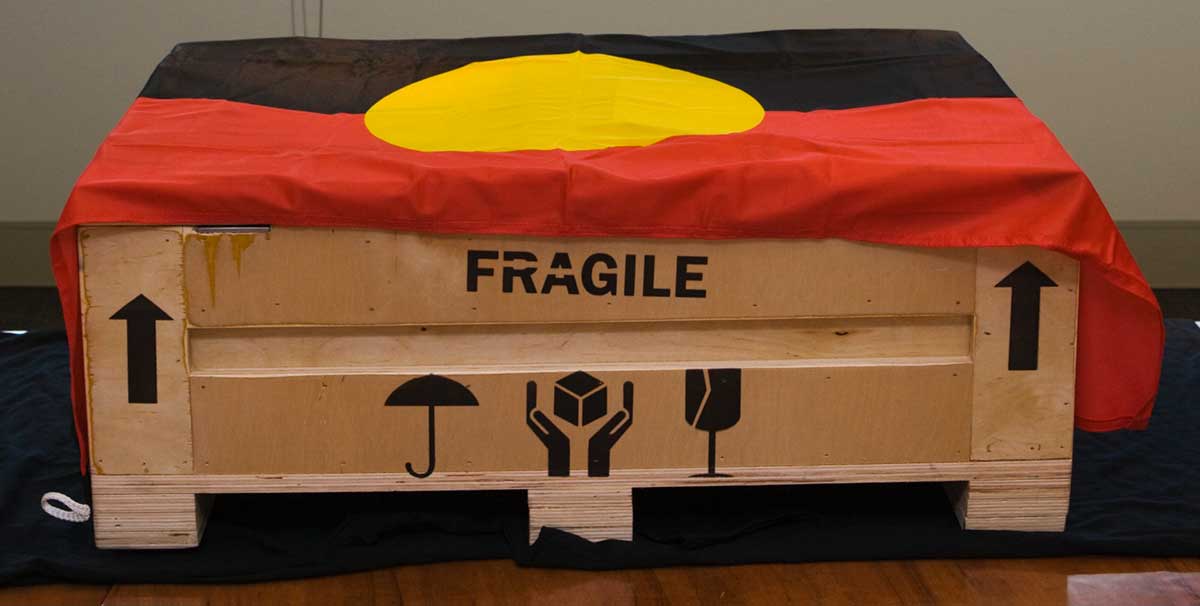Many people who visit the Museum are not aware of our Repatriation section and the work it does to return ancestral remains and secret sacred objects to First Nations communities. This is not surprising given the sensitivity of the materials involved and the need to keep them in a secure environment.
Why is the Museum involved with repatriation?
By the time the Australian Institute of Anatomy closed in 1985, its collections had been transferred to the newly created National Museum. These collections included large numbers of human osteological specimens, many of them the remains of First Nations peoples.
To enable the Museum to manage and return these and other remains, the museum was designated a ‘keeping place’, or ‘designated authority’, by the Aboriginal and Torres Strait Islander Heritage Protection Act in 1984.
What happened next?
As a designated keeping place, the Museum became a receiving point for the First Nations ancestral remains that were returning from overseas institutions, sometimes in large numbers.
These returns were the result of work done by First Nations communities and organisations, and more recently by the Office for the Arts and its predecessors.
Role of the Repatriation section

The Museum continues to return ancestral remains and secret/sacred objects from its own holdings. Our role has been to identify where remains – both those from our own collection and from overseas – originated. We then contact the community to let them know.
Today, community contact for international returns is carried out by the Office for the Arts.
Discovering that ancestors have been taken, and are now able to come home, is often confronting for communities that may never have had any need to develop protocols or ceremony for reintegrating ancestral remains back to Country.
Each community needs time to come to terms with what has happened in the past, and how they want to manage the situation in the future. They need time to grieve and to develop new cultural processes.
In order not to rush a community, the Museum offers to either unconditionally return the remains at a date decided by the community, or to hold onto them at the request of the community until further notice. Each step in the process gives the community control over their ancestors, and brings those ancestors one step closer to going home.
In our collection

